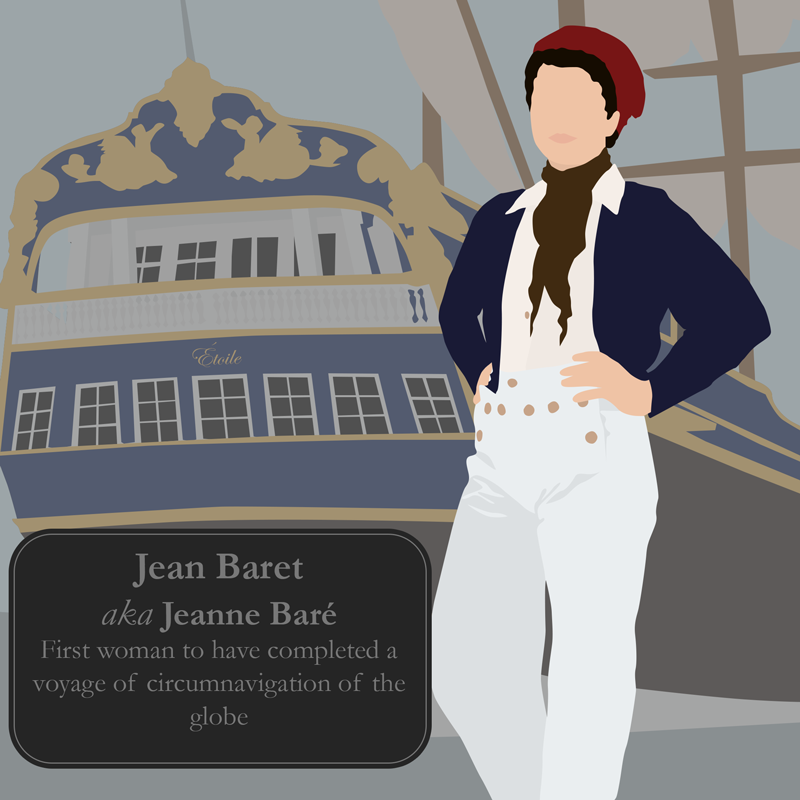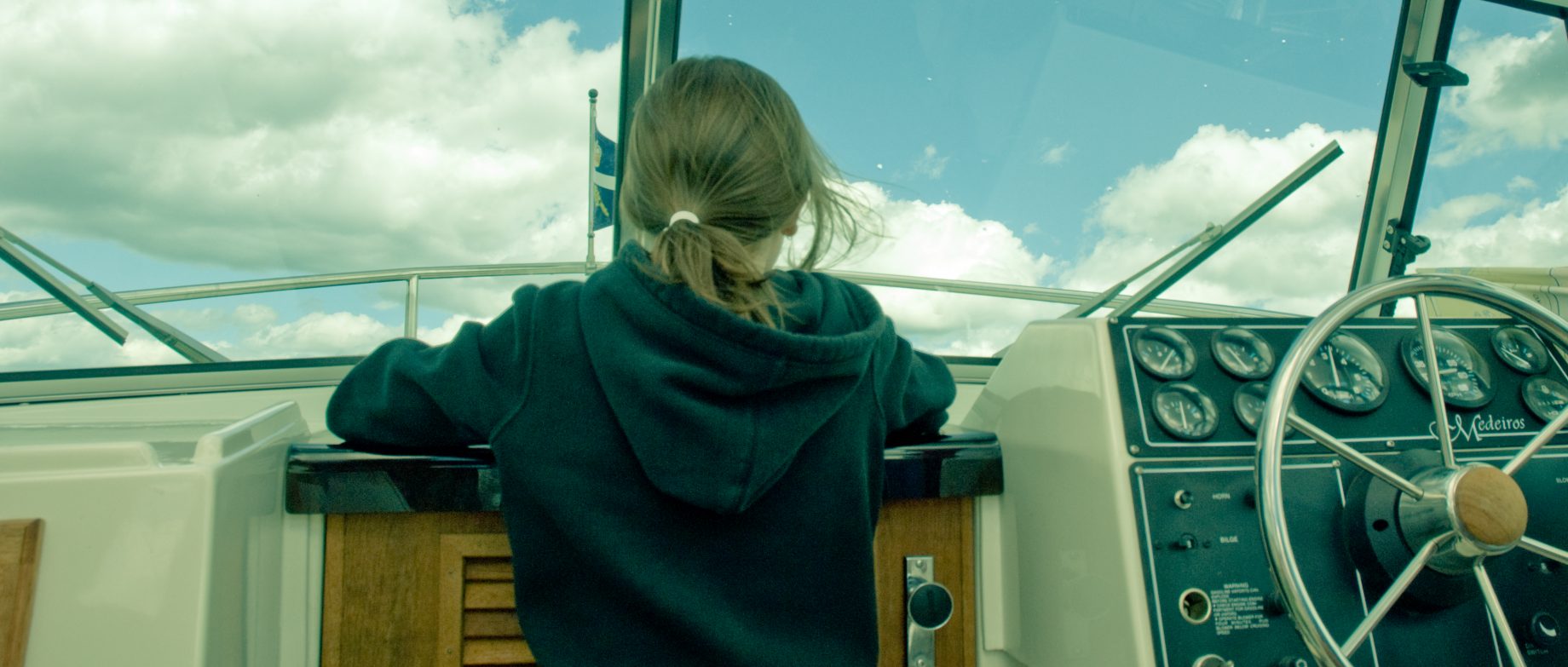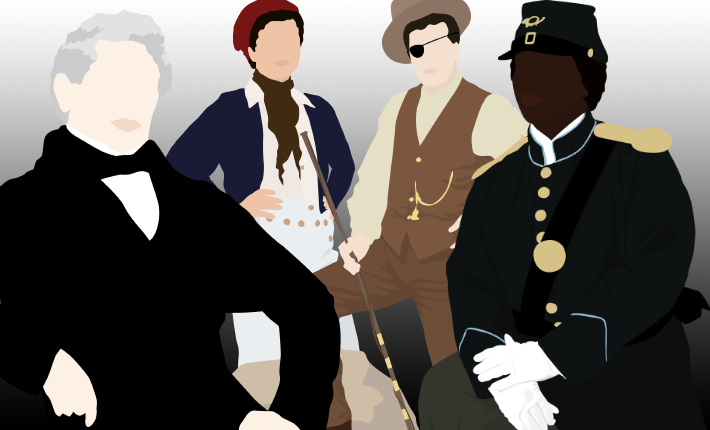Do you think that our lives are set out before we are born, and things are ‘just meant to be’? That’s what we mean by ‘fate’, a force beyond our control that determines our future. Gabriela has been thinking about this since her English class held a discussion on the topic, and she shares her thoughts with us.
Offline Minecraft Activities
What to do When Your Parent Says ‘No More Minecraft Today!’
You could wail, ‘That is UNFAIR! You are horrible to me, you are so MEAN!’… or you could talk to them about WHY they are banning Minecraft for the day. Is it perhaps because you’ve been playing for hours and hours, and they think that you should get off the computer/iPod/Playstation?
We are willing to bet that is the reason, not because they want to annoy you. We parents worry that you are online too much, that you are ruining your eyes, that you are going to turn into a big square person who looks just like Steve!
So instead of complaining, how about you and your parents have a look at these fab OFFLINE Minecraft activities that are all to do with Minecraft, so that both you and your parents are happy? (Remember our article about negotiation? That is what this is!)
Awesome Women Who Disguised Themselves as Men to Follow their Dreams
Throughout history girls and women have been told, ‘You can’t do that! You are a girl!’ Luckily, this attitude is becoming less common in many countries and cultures, but what did women do in the past? If they wanted to be a doctor, a musician, a sportsperson or even a soldier?
Most women put aside their dreams or practised other activities that were deemed appropriate for women. Some women protested, like the suffragettes who demanded to be allowed to vote. And a small number of women went much further. Today we are taking a look at the women who disguised themselves as men in order to follow their dreams.

The first woman to circumnavigate the world – to go all the way around the globe. Born in France, and with an interest in botany (the study of plants), Jeanne became first the housekeeper, and later the partner of a famous botanist Philibert de Commerson.
What is it Like to Grow Up in Finland?
My husband lived in Finland for two years before he met me. I love listening to his stories of the cold, the beauty, the fun he had and the wildlife (including wolves) he saw. Finland is called the Land of a Thousand Lakes. Sometimes I imagine what it would be like to grow up in Finland.
Falconry and the Tudors
When you write a book that is set in a particular period of history, it is important to get the details correct. This means that writers of historical fiction have to do a lot of research.
The first scene of Katharine Edgar’s novel, Five Wounds takes place on a hillside in sixteenth century England, where her heroine, Nan, is hoping to see her young merlin falcon make its first kill. Katharine had find out all about falconry and the Tudors – the keeping and training of falcons, and other birds of prey.
When I showed the first scene of Five Wounds to some writing friends, some of them asked a question I wasn’t expecting. ‘How rich is Nan’s family? They live in a big house so why does she need to hunt for food?’
Good question!




